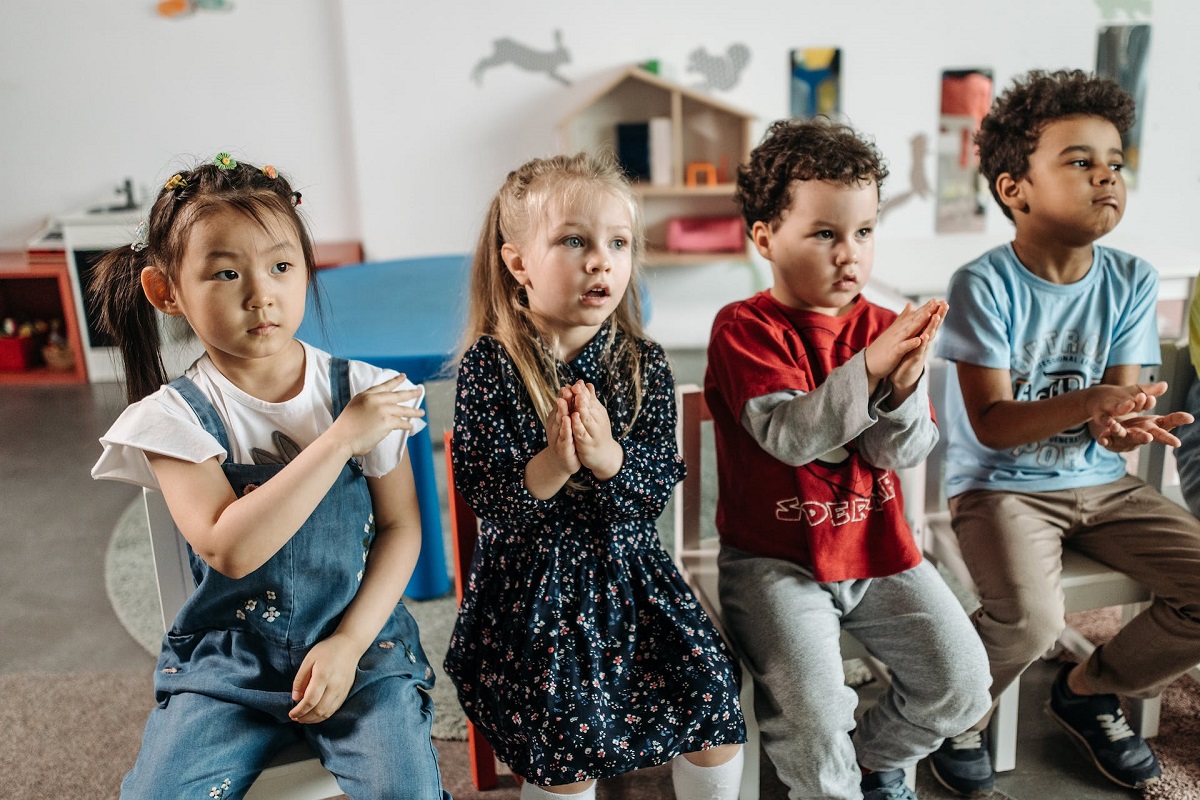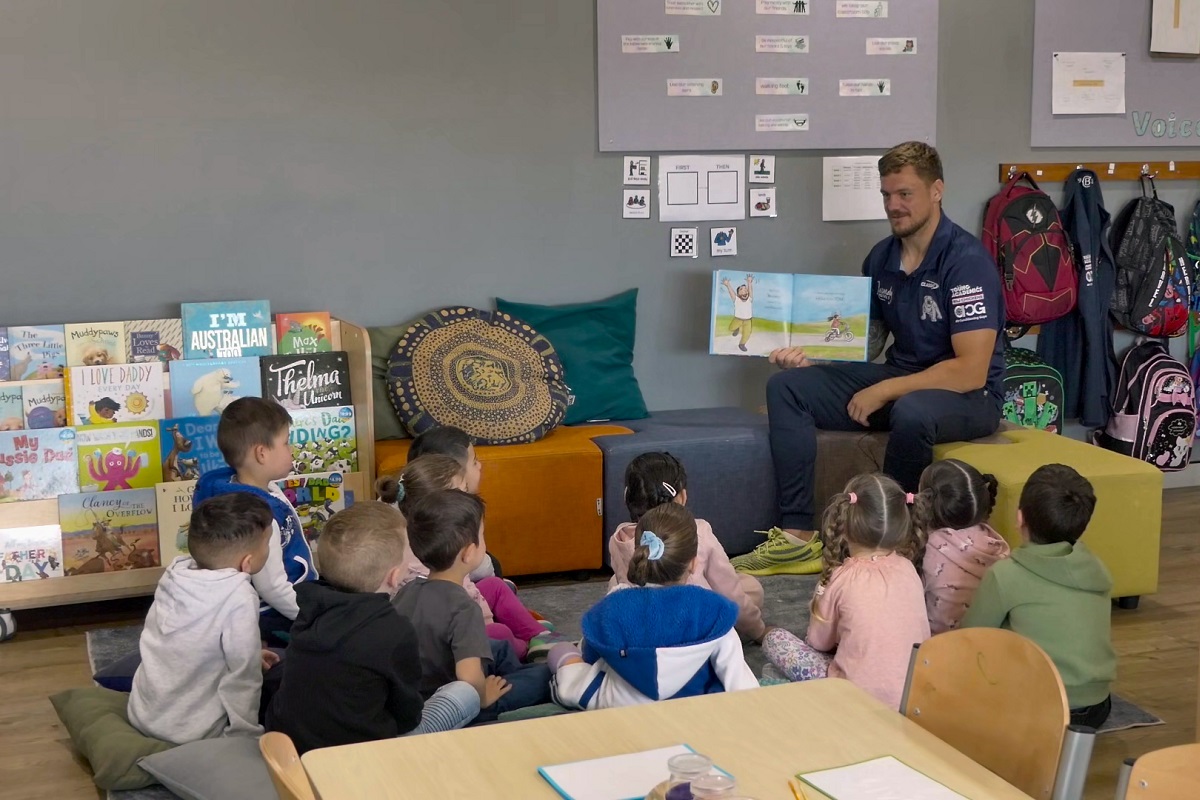In an increasingly interconnected world, the ability to speak more than one language is an invaluable skill that opens doors to new cultures, perspectives, and opportunities. The early years of childhood present a golden opportunity to introduce a second language, providing a host of cognitive, academic, and cultural benefits.
Learning a second language before school
The formative years of childhood are a critical period for language acquisition, as the brain is exceptionally receptive to new linguistic patterns and structures. Research consistently demonstrates that introducing a second language during this early developmental stage enhances cognitive flexibility, problem-solving skills, and overall intellectual abilities. Beyond cognitive benefits, early exposure to a second language promotes cultural sensitivity, fostering a global perspective from the outset. By initiating language learning before primary school, children are not only equipped with valuable communication skills but also a lifelong appreciation for linguistic diversity and an openness to different cultures.
Benefits of Learning a second language
- Cognitive Advantages: One of the primary benefits of learning a second language as a child is the positive impact on cognitive development. Research indicates that bilingual children tend to outperform their monolingual peers in tasks that require problem-solving, multitasking, and creative thinking. The constant juggling between two linguistic systems exercises the brain, leading to improved cognitive flexibility and enhanced executive functions.
- Enhanced Academic Performance: Studies have consistently shown a positive correlation between bilingualism and academic achievement. Learning a second language has been linked to improved performance in subjects such as mathematics and literacy. Bilingual children often demonstrate advanced reading skills, better comprehension, and a heightened ability to grasp abstract concepts, giving them a distinct advantage in their academic pursuits.
- Cultural Awareness and Global Perspective: Learning a second language goes beyond mastering vocabulary and grammar; it opens doors to new cultures and perspectives. Exposure to diverse languages fosters cultural awareness, tolerance, and an appreciation for global diversity. It fosters empathy, tolerance, and a global perspective, as children gain insights into the customs, traditions, and histories of diverse communities. Children who are bilingual develop a broader worldview, which is crucial in a world where cross-cultural communication is increasingly essential.
- Stronger Language Skills: Contrary to the misconception that learning a second language may hinder a child’s proficiency in their native tongue, research suggests that bilingualism can actually enhance language skills overall. Bilingual children often display a better understanding of grammar, vocabulary, and language structure in both their first and second languages. This improved linguistic awareness can have lasting positive effects on communication skills.
Strategies for Introducing a second language
- Create a Language-Rich Environment: Immerse your child in the target language by incorporating it into daily routines. Label household items, read books, sing songs, and play games in the second language to create a language-rich environment at home.
- Interactive Learning Tools: Leverage interactive learning tools such as language-learning apps, educational games, and online resources designed for young learners. These tools make language acquisition fun and engaging, turning the learning process into a positive experience.
- Cultural Activities: Integrate cultural activities into your child’s language-learning journey. Explore traditional stories, celebrate cultural holidays, and introduce age-appropriate movies or cartoons in the second language to make the learning experience more immersive.
- Consistent Exposure: Consistency is key when introducing a second language. Establish a routine for language learning, whether it’s dedicating specific times of the day to language activities or incorporating the second language into regular conversations.
How Parents Can Foster Second Language Learning at Home
- Lead by Example: If parents are fluent in the second language, communicate with your child in both languages. Demonstrating the practical use of the language reinforces its relevance and importance.
- Encourage Playdates and Language Exchange: Facilitate opportunities for your child to interact with native speakers or other language learners. Playdates or language exchange programs provide social contexts for language practice, making the learning process more enjoyable.
- Be Patient and Supportive: Language acquisition is a gradual process, and it’s normal for children to make mistakes. Encourage your child’s efforts, celebrate their successes, and maintain a positive and patient attitude throughout the learning journey.
Introducing a second language to children before they start primary school is a gift that keeps on giving. The cognitive, academic, and cultural benefits set the stage for a lifetime of enriched experiences. By implementing these strategies and fostering a supportive language-learning environment at home, you have the ability to empower your children to become confident, culturally aware, and linguistically adept individuals.







